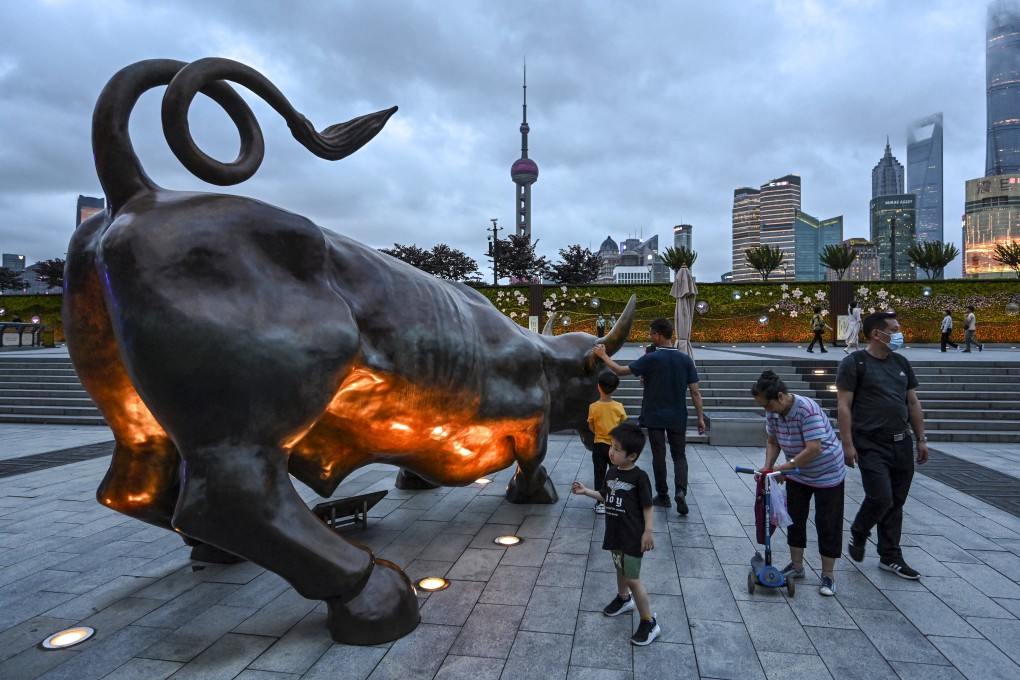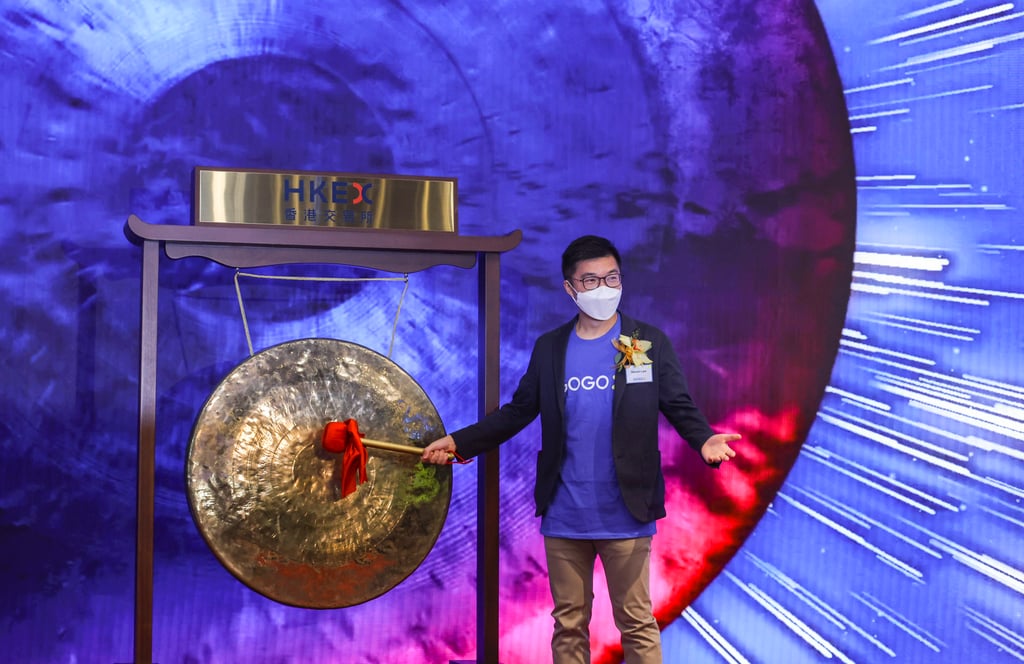China IPO flurry increases Asia’s share of listings amid plummeting global volume and proceeds, EY report says
- Asia-Pacific exchanges account for 61 per cent of global IPOs and 69 per cent of the proceeds raised so far in 2022, says report
- Shenzhen’s US$26 billion and Shanghai’s US$47.5 billion, account for 18 per cent and 32 per cent of global proceeds raised, respectively

Initial public offerings (IPOs) have plummeted globally including in Asia-Pacific (APAC) in 2022, but thanks to a burst of activity on China’s exchanges, the APAC region has expanded its share of new listings compared with a year ago and now accounts for most of the deals and funds raised worldwide, according to a report from EY.
Global IPOs declined 44 per cent to 992 in the first nine months of the year compared with the same period in 2021, with proceeds falling 57 per cent to US$146 billion, according to the report released on Thursday.
The number of IPOs in Asia declined 25 per cent to 608, and proceeds fell 22 per cent to US$100.8 billion during the same period.
However, Asia accounts for 61 per cent of the global number of IPOs and 69 per cent of the proceeds raised so far in 2022, up from 46 per cent of the deals and 38 per cent of the proceeds in 2021. In addition, Asia has played host to five of the top 10 IPOs so far.

EY attributes the global slowdown to mounting macroeconomic challenges, market uncertainties, increasing volatility and falling global equity prices.